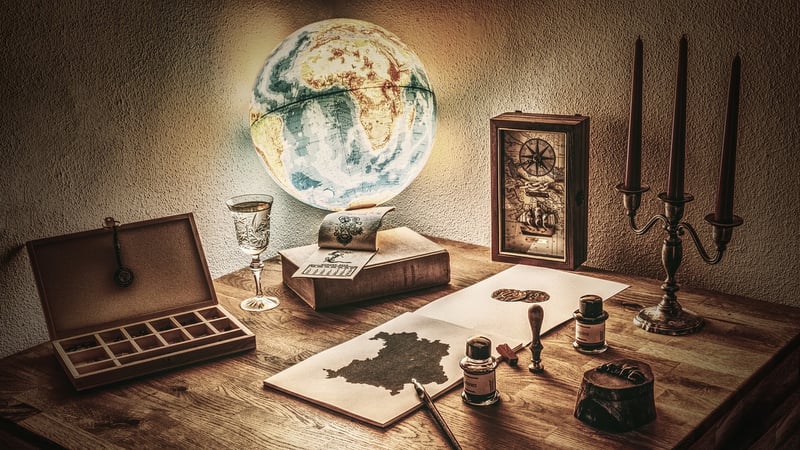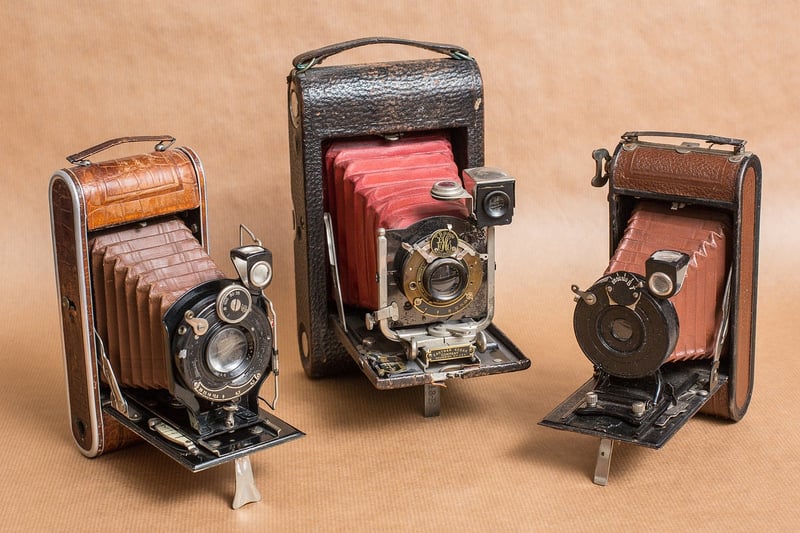Historical Etiquette
The Art of Etiquette: Essential Knowledge and Historical Insights
Understanding Etiquette
Etiquette is a set of social rules that govern behavior in various situations. It encompasses manners, customs, and protocols that dictate how individuals should interact with one another. Mastering the art of etiquette can enhance personal relationships, improve social interactions, and leave a lasting impression.
Key Components of Etiquette
- Politeness and Respect
- Good Communication Skills
- Proper Table Manners
- Dressing Appropriately
- Time Management
Historical Significance of Etiquette
Etiquette has deep historical roots and has evolved over centuries. In ancient civilizations, etiquette was closely tied to social status and hierarchy. During the Renaissance period, elaborate codes of conduct emerged, dictating behavior in royal courts and noble households. In the Victorian era, strict rules governed everything from fashion to conversation.
Modern Etiquette Practices
While some traditional etiquette rules still hold sway, modern etiquette has adapted to contemporary social norms. Etiquette guides today often focus on digital communication, workplace decorum, and multicultural interactions. Understanding and practicing modern etiquette can help individuals navigate diverse social settings with confidence.
Benefits of Etiquette
- Enhanced Communication
- Improved Professional Image
- Increased Self-Confidence
- Stronger Relationships
- Respect from Peers
Embracing Etiquette for Success
Whether in personal or professional settings, etiquette plays a crucial role in shaping interactions and perceptions. By honing etiquette skills, individuals can cultivate a positive image, build meaningful connections, and stand out in social and professional spheres.
Explore the nuances of etiquette and discover how this timeless art can elevate your social interactions and enrich your life.


